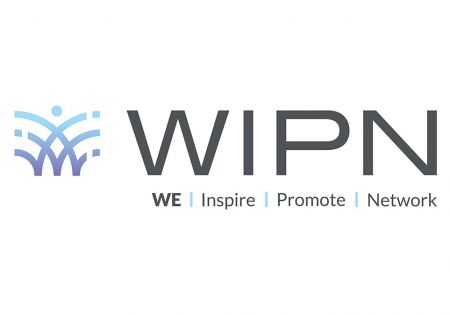For more stories like this, sign up for the PLANADVISERdash daily newsletter.
Rate of Poverty Among Seniors Increased
The number of new entrants into poverty also increased during this time, according to a report by the Employee Benefit Research Institute (EBRI). Poverty rates fell in the first half of the last decade for almost all age groups of older Americans (ages 50 and older), though they increased since 2005 for every age group.
Poverty rates, as defined by U.S. Census poverty thresholds, were highest for the oldest of the elderly. Almost 15% of those older than age 85 were in poverty in 2009, compared with approximately 10.5% of those older than 65, EBRI found. Additionally, in 2009, 6% of those age 85 older were new entrants in poverty.
According to Sudipto Banerjee, EBRI research associate and author of the report, “As people age, personal savings and pension account balances are depleted, and as people age, their medical expenditures tend to increase. Also, the rising poverty rates noted correspond to the two economic recessions that occurred during the last decade.”
(Cont...)
The EBRI analysis also found:
- In 2009, the poverty rate for Hispanics was 21% higher than for whites, while for blacks it was 17% higher than for whites;
- Poverty rates for women were nearly double those of men for almost all years in the survey period. For example, in 2009, poverty rates were 7% for men and 13% for women;
- More than one in five (20.9%) single women above age 65 lived in poverty in 2009; and
- The odds of suffering a health condition (acute or otherwise) goes up 45% to 55% for those below the poverty line.
The data for the study came from the University of Michigan’s Health and Retirement Study, sponsored by the National Institute on Aging. The full report is published in the April 2012 EBRI Notes, “Time Trends in Poverty for Older Americans Between 2001–2009,” at www.ebri.org.
You Might Also Like:
Itzoe Launches Getre(k)ruited.com Industry Networking Platform

Introducing WIPN — WE Inspire. Promote. Network.
Lori Lucas New President of EBRI
« CEFEX Expands Assessment Guidelines to Meet Fee Disclosures